Home>Articles>How To Store Medicine Without A Medicine Cabinet


Articles
How To Store Medicine Without A Medicine Cabinet
Modified: January 7, 2024
Learn how to store medicine without a medicine cabinet with these helpful articles. Find alternative storage solutions to keep your medications safe and organized.
(Many of the links in this article redirect to a specific reviewed product. Your purchase of these products through affiliate links helps to generate commission for Storables.com, at no extra cost. Learn more)
Introduction
In an ideal world, every home would come equipped with a dedicated medicine cabinet, offering a convenient and organized space to store all of our medications. However, not every home is equipped with this luxury. Whether you live in a compact apartment or an older house lacking modern amenities, you may find yourself without a proper medicine cabinet. But fear not, for there are alternative storage solutions that can keep your medicine safe, accessible, and well-organized.
In this article, we will explore various creative and practical ways to store medicine without a traditional medicine cabinet. These solutions range from utilizing existing spaces in your home to finding travel-friendly options for when you’re on the go. With a little bit of ingenuity, you can create functional medicine storage areas that will not only keep your medications secure but also blend seamlessly with your home decor.
Now, let’s delve into the world of alternative storage solutions for medicine and discover creative ways to keep your health essentials organized and easily accessible.
Key Takeaways:
- Alternative storage solutions for medicine are abundant, from utilizing bathroom, kitchen, bedroom, and living room spaces to travel-friendly options. Creativity and practicality can ensure convenient and organized medication storage without a traditional medicine cabinet.
- Whether it’s repurposing existing furniture or investing in new storage containers, finding the right solution can help streamline your medication routine and make it more accessible in your daily life. Don’t let the absence of a medicine cabinet limit your ability to store medications effectively.
Read more: How To Paint A Medicine Cabinet
Why a Medicine Cabinet is Not Always an Option
A traditional medicine cabinet is a convenient storage option for medications, providing a designated space to keep them organized and easily accessible. However, there are instances where a medicine cabinet may not be feasible or practical:
1. Space Constraints: Many modern homes, especially apartments or small living spaces, have limited space. In such cases, sacrificing valuable wall space for a built-in medicine cabinet may not be an option.
2. Older Homes: Older homes might not have built-in medicine cabinets, as they were not as common in the past. Retrofitting an older house with a medicine cabinet could be costly and may require significant modifications.
3. Rental Apartments: If you are living in a rental property, you may not be allowed to make permanent changes to the space, such as installing a medicine cabinet. In such situations, you need to explore alternative storage options.
4. Aesthetics: Some homeowners prefer not to have a medicine cabinet in certain areas of their home due to aesthetic reasons. They may want to maintain a clean and minimalist look or avoid cluttering the walls with additional fixtures.
Regardless of the reason, not having a medicine cabinet doesn’t mean you can’t find alternative storage solutions that are equally effective and functional. Let’s explore some creative options that will allow you to store your medications safely and conveniently, no matter the limitations you may face.
Alternative Storage Solutions for Medicine
Just because you don’t have a traditional medicine cabinet doesn’t mean you can’t find innovative ways to store your medications. Here are some alternative storage solutions that will keep your medicine safe and accessible:
- Bathroom Storage Ideas: If you have a bathroom without a medicine cabinet, consider utilizing other storage options within the bathroom. You can install wall-mounted shelves or floating shelves above the sink or toilet to keep your medications within reach. Alternatively, use a small bathroom caddy or storage basket to keep your medicine organized on the bathroom counter or inside a vanity drawer.
- Kitchen Storage Ideas: The kitchen is often a hub of activity and can be a convenient location for storing medicine. Dedicate a kitchen drawer or cabinet solely for your medications. You can use compartmentalized organizers or small containers to keep different types of medications separate and easily identifiable.
- Bedroom Storage Ideas: Consider utilizing the bedroom for medicine storage, especially if you have a bedside table or a nightstand with drawers. Keep a small container or drawer designated for medicine supplies. Remember to keep the medication away from direct sunlight and moisture.
- Living Room Storage Ideas: If you spend a significant amount of time in your living room, you can create a discreet storage area for your medications. Use decorative boxes or stylish storage baskets that blend with your living room decor. Place them on a bookshelf or side table that is easily accessible yet out of reach of children or pets.
- Travel-friendly Storage Options: When you’re on the move or traveling, it’s essential to have a travel-friendly storage solution for your medications. Invest in a compact and durable medicine organizer or pill case that is easy to carry in your bag or luggage. Look for options with multiple compartments to keep different medications separate and organized.
Remember to always consider safety when storing medications. Keep them out of reach of children and pets, and store them in a cool, dry place to maintain their efficacy.
With these alternative storage solutions, you can create functional and organized spaces for your medications, even without a traditional medicine cabinet. Get creative and find storage options that work best for your home and lifestyle.
Bathroom Storage Ideas
The bathroom is a common place where people store their medications, even if they don’t have a traditional medicine cabinet. Here are some creative bathroom storage ideas:
- Wall-Mounted Shelves: Install wall-mounted shelves above the sink or toilet area. This will provide ample space to store your medications while keeping them within easy reach. Use small storage containers or baskets to keep your medicine organized on the shelves.
- Floating Shelves: If you don’t want to drill holes in the wall, consider using floating shelves. These shelves can be easily installed without any permanent damage to the wall. Place them above the sink or toilet area to store your medications in a convenient and organized manner.
- Bathroom Caddy: If you have limited counter space, a bathroom caddy can be a great solution. Look for a compact caddy that can hold your medications and other bathroom essentials. Place it on the counter or hang it on the shower rod for easy access.
- Under-Cabinet Storage: Utilize the space under the bathroom sink by installing small storage bins or containers. This area is often underutilized and can provide ample space to store your medications. Consider using a drawer organizer or small plastic bins to keep your medicine organized and easily accessible.
- Vanity Drawer: If you have a vanity with drawers, designate one drawer for your medications. Use dividers or small containers to separate different types of medications and keep them organized. Label each section for easy identification.
Regardless of the storage option you choose, make sure to keep your medications in a cool and dry place. Avoid storing them near the shower or any source of moisture, as it can affect their efficacy.
Remember to regularly check the expiration dates of your medications and dispose of any medications that have expired or are no longer needed. Properly disposing of medications is essential for the safety of you, your family, and the environment. Many pharmacies and local government facilities offer drug take-back programs for safe disposal.
By utilizing these bathroom storage ideas, you can create a functional and organized space for your medications, even in the absence of a traditional medicine cabinet.
Kitchen Storage Ideas
When it comes to alternative storage solutions for medicines, the kitchen can be a surprisingly convenient space. Here are some creative kitchen storage ideas:
- Dedicated Drawer: Designate a specific drawer in your kitchen solely for storing medications. Use drawer dividers or small containers to keep different types of medications separated and organized. This will allow for easy access and keep your medications away from food and cooking utensils.
- Cabinet Storage: If you have extra cabinet space in your kitchen, consider allocating a shelf or a section of a shelf for medicine storage. Use small plastic bins or stackable containers to keep your medications organized. Label each container for easy identification.
- Over-the-Counter Organizer: Purchase an over-the-counter organizer that can be hung on the inside of a cabinet door. These organizers come with multiple compartments and are perfect for keeping small medicines, such as pain relievers or vitamins, neatly arranged and easily accessible.
- Refrigerator Storage: Some medications, such as certain types of antibiotics, need to be stored in the refrigerator. If you have space, designate a small section of your refrigerator specifically for storing medication. Make sure to keep them separate from food items and clearly label them.
- Appliance Garage: Consider utilizing an appliance garage, a cabinet specifically designed to store small appliances. Repurpose it to store medications instead. Use small containers or organizers to keep your medications separated and easily accessible.
When storing medications in the kitchen, it’s essential to maintain proper temperature and humidity levels. Keep medication away from direct sunlight or any heat sources. Additionally, make sure to store medications out of reach of children or pets.
Lastly, always check the expiration dates of your medications and dispose of any that have expired or are no longer needed. Regularly reviewing and organizing your medications will help ensure their efficacy and your safety.
By utilizing these kitchen storage ideas, you can create a practical and accessible space for storing your medications, even without a traditional medicine cabinet.
Consider using a designated storage box or bin to keep all your medicines in one place. Make sure to store them in a cool, dry place away from direct sunlight and out of reach of children and pets.
Read more: How To Remove A Medicine Cabinet
Bedroom Storage Ideas
Your bedroom can provide ample opportunities for storing medications in a safe and easily accessible manner. Here are some creative bedroom storage ideas:
- Bedside Table: If you have a bedside table with drawers, designate one drawer specifically for storing medications. Use dividers or small containers to keep different types of medications organized and easily identifiable. This allows you to keep your medications within arm’s reach while you’re in bed.
- Under-Bed Storage: Utilize the space under your bed by using storage containers specifically designed to fit under the bed. These containers can be used to store medication boxes or smaller storage bins. Just make sure to label the containers for easy identification.
- Bookshelf with Baskets: If you have a bookshelf in your bedroom, place decorative baskets on some of the shelves to store your medications. Use the baskets to keep different types of medications separated and organized. This not only provides storage but also adds a stylish touch to your bedroom decor.
- Wall-Mounted Shelves: Install wall-mounted shelves above your dresser or vanity area to store medications. Use small storage containers or baskets to keep your medications organized on the shelves. This keeps them easily accessible and frees up valuable countertop space.
- Jewelry or Makeup Organizer: Repurpose a jewelry or makeup organizer with multiple compartments to store medications. These organizers often have small compartments that are perfect for keeping pills or small medicine bottles separate and organized.
When storing medications in the bedroom, ensure that they are kept in a cool and dry place, away from direct sunlight or any moisture. Be sure to store medications out of reach of children and pets to prevent any accidents.
Remember to regularly check the expiration dates of your medications and dispose of any that have expired or are no longer needed. Proper disposal not only keeps your medication supply up-to-date but also helps protect the environment.
By utilizing these bedroom storage ideas, you can create a functional and organized space for your medications, ensuring they are easily accessible when needed.
Living Room Storage Ideas
The living room is often the heart of the home, and finding storage solutions for medications in this space can be both functional and stylish. Here are some creative living room storage ideas:
- Decorative Boxes: Use decorative boxes or baskets to store medications discreetly in your living room. Choose stylish containers that complement your decor and blend seamlessly with the overall aesthetic of the room. Place the boxes on a bookshelf or side table to keep them easily accessible but out of reach of children or pets.
- Side Table with Drawers: If you have a side table or console table with drawers, designate one drawer specifically for medication storage. Use dividers or small containers to keep different types of medications organized. This allows for easy access and keeps your medications hidden from view.
- Shelving Unit: Install a shelving unit in your living room with adjustable shelves. Dedicate one or two shelves for storing your medications. Use small storage containers or bins to keep your medications organized and easily identifiable. Arrange them alongside other decorative items to create a cohesive and visually appealing display.
- Multipurpose Furniture: Look for multipurpose furniture pieces that have hidden storage compartments. For example, ottomans or coffee tables with lift-up lids can provide a discreet storage space for medications. This not only keeps your medications organized but also maximizes the functionality of your living room furniture.
- Wall-Mounted Organizers: Install wall-mounted organizers in your living room to store medications. These can be in the form of shelves, pockets, or hooks. Choose organizers that suit your space and decor style. This is a great option for keeping small items like pill organizers or emergency medicines easily accessible and visible.
When storing medications in the living room, ensure that they are kept in a cool and dry place, away from direct sunlight or any moisture. It’s also important to keep them out of reach of children and pets to prevent accidental ingestion.
Regularly check the expiration dates of your medications and dispose of any that have expired or are no longer needed. Proper disposal ensures the safety and efficacy of your medications.
By utilizing these living room storage ideas, you can create a functional and organized space for your medications while seamlessly incorporating them into your living room decor.
Travel-friendly Storage Options
When you’re on the go or traveling, it’s important to have a storage solution that keeps your medications organized, secure, and easily accessible. Here are some travel-friendly storage options for your medications:
- Travel Pill Organizer: Invest in a compact and durable travel pill organizer. These organizers typically have multiple compartments for each day of the week or multiple doses throughout the day. They are lightweight, easy to carry, and ensure that you have your medications readily available while on the move.
- Pill Boxes: If you only need to carry a few individual pills or a small quantity of medication, consider using small pill boxes. These can easily fit into your bag or pocket, and they come in various sizes and configurations. Look for ones that are waterproof and have secure closures to protect your medication from damage.
- Zippered Pouches or Bags: Use zippered pouches or bags specifically designed for carrying medications. These pouches often have separate compartments or pockets to keep different medications organized. Opt for ones that have clear sections or labels to easily identify the contents.
- Small Containers: Repurpose small, travel-sized containers to store medications. These can include plastic containers or empty pill bottles that are properly labeled. Remember to remove any existing labels to avoid confusion. These containers are compact, lightweight, and perfect for carrying smaller quantities of medication.
- Protective Cases: For fragile or sensitive medications, consider using protective cases designed to keep them safe during travel. These cases provide extra protection against breakage or damage caused by impact or temperature changes. Look for cases that are shockproof, waterproof, and have foam or padding inside.
When selecting a travel-friendly storage option, prioritize convenience, durability, and keeping your medications safe from external elements. Additionally, ensure that your medications are properly stored for temperature-sensitive medications.
Before traveling, check the regulations and guidelines for carrying medications, especially if you are traveling internationally. Make sure to carry all necessary documentation, prescriptions, and medical information to avoid any complications during security checks.
By utilizing these travel-friendly storage options, you can keep your medications organized and easily accessible during your travels, ensuring that you stay on top of your health routine while away from home.
Conclusion
Not having a traditional medicine cabinet shouldn’t hinder your ability to store medications in a convenient and organized manner. By exploring alternative storage solutions, you can ensure that your medications are safely stored and easily accessible, regardless of the limitations in your home. Whether it’s utilizing existing spaces in your bathroom, kitchen, bedroom, or living room, or finding travel-friendly options for when you’re on the go, there are numerous creative ways to store medicine without a medicine cabinet.
Consider installing wall-mounted shelves or floating shelves in your bathroom, or dedicate a specific drawer or cabinet in your kitchen for medication storage. Utilize your bedroom for bedside table storage or under-bed containers. In the living room, decorative boxes or wall-mounted organizers can provide discreet storage options. And for travel, invest in compact and durable travel pill organizers or use small containers that fit easily in your bag or pocket.
Remember to maintain the proper storage conditions for your medications, keeping them in cool, dry places away from direct sunlight or moisture. Also, regularly check expiration dates and dispose of any expired or unnecessary medications. By keeping your medication supplies organized and up-to-date, you can ensure their efficacy and your overall safety.
Embrace your creativity and choose storage solutions that fit your lifestyle and home decor. Whether it’s repurposing existing furniture or investing in new storage containers, finding the right solution can help streamline your medication routine and make it more accessible in your daily life.
So, don’t let the absence of a medicine cabinet limit your ability to store medications effectively. With these alternative storage solutions, you can keep your health essentials organized, secure, and readily available, ensuring your well-being wherever you are.
Frequently Asked Questions about How To Store Medicine Without A Medicine Cabinet
Was this page helpful?
At Storables.com, we guarantee accurate and reliable information. Our content, validated by Expert Board Contributors, is crafted following stringent Editorial Policies. We're committed to providing you with well-researched, expert-backed insights for all your informational needs.
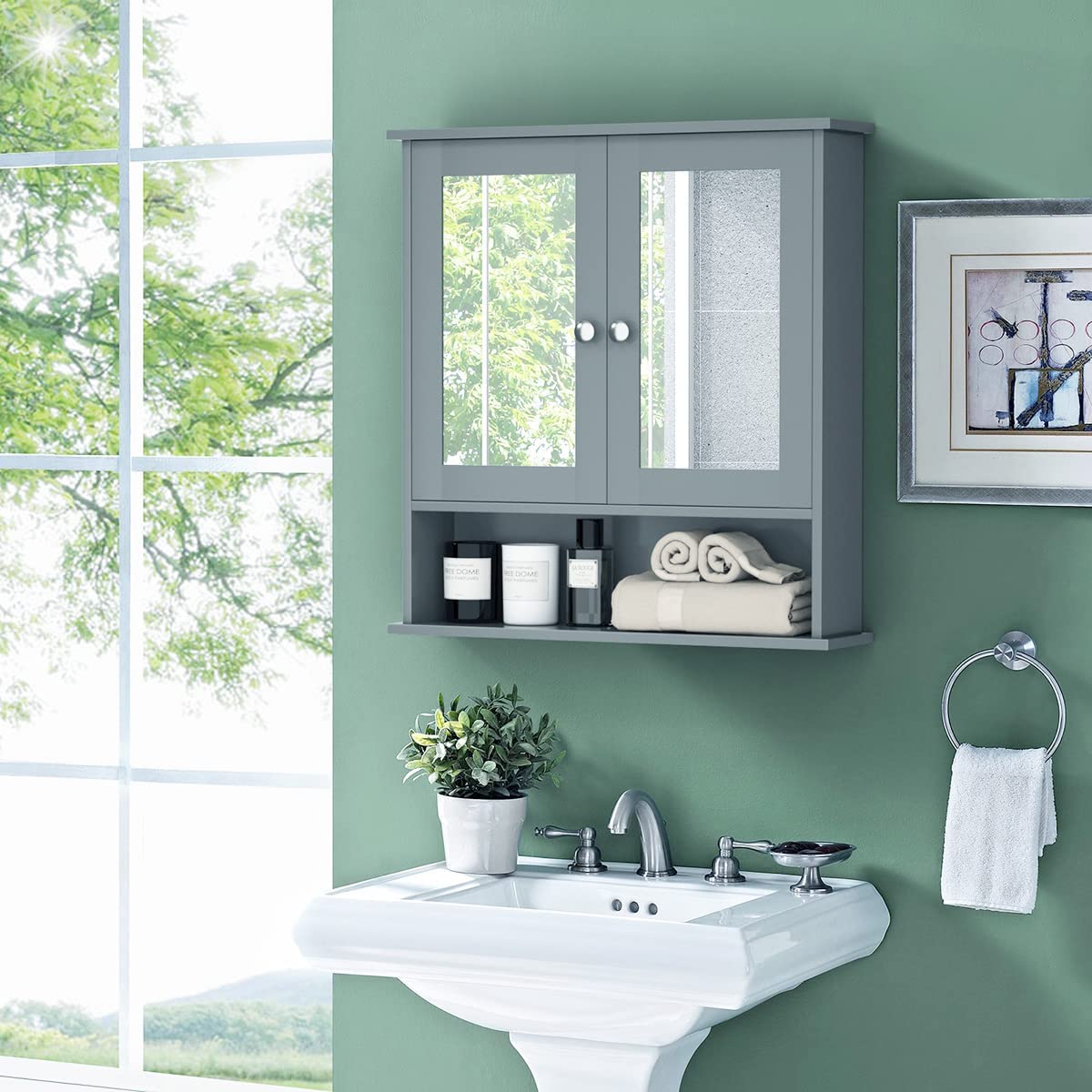
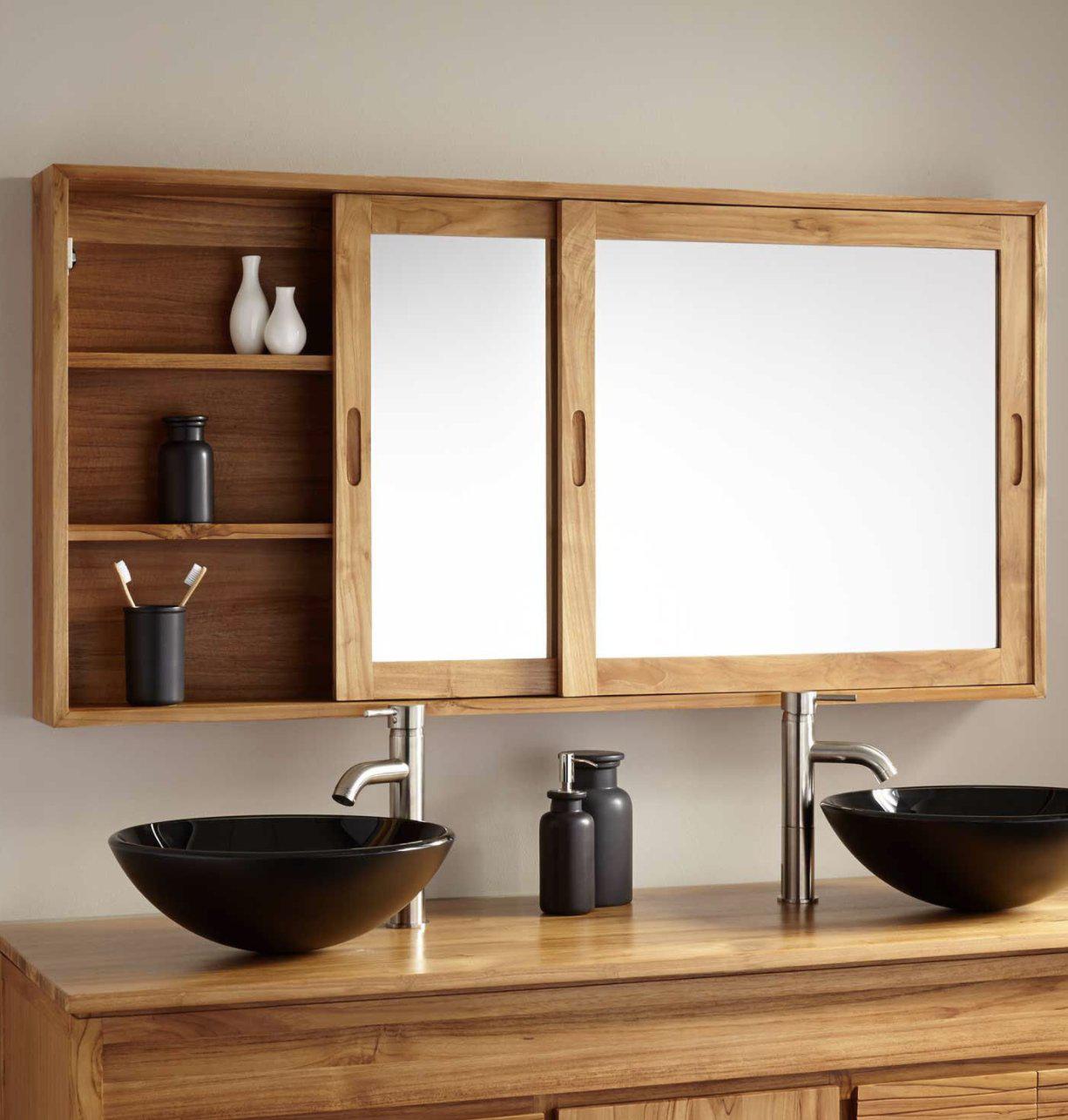
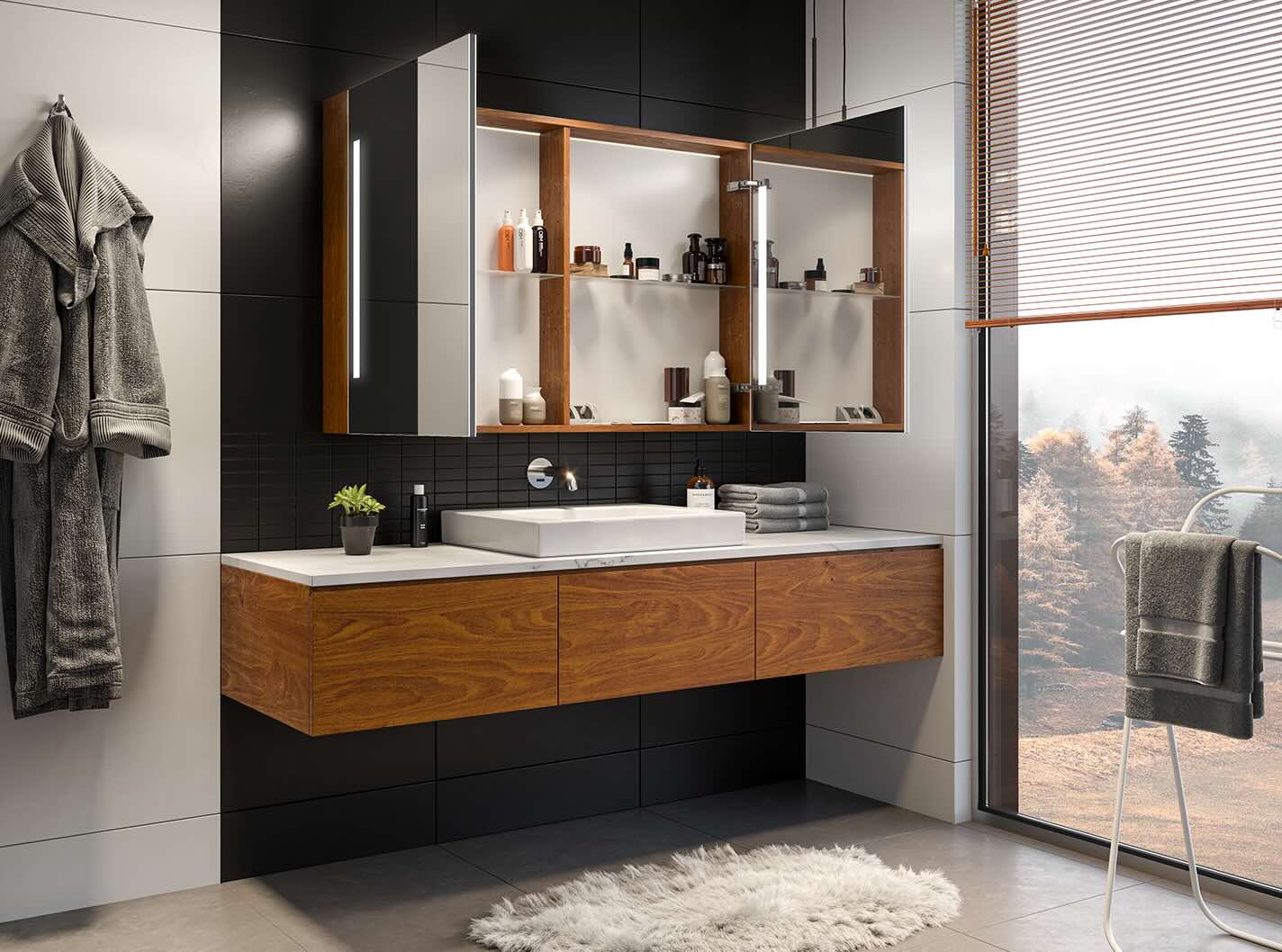
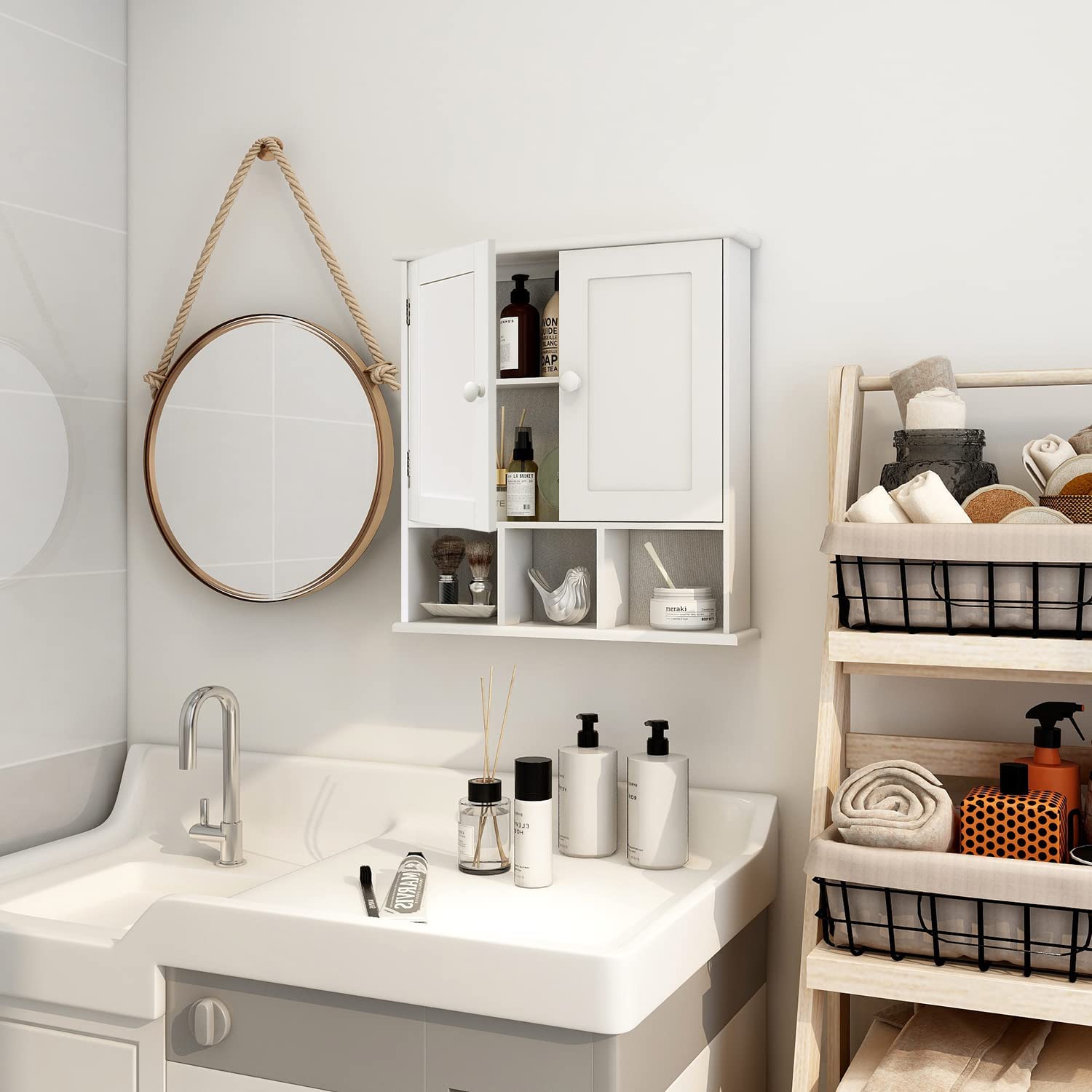
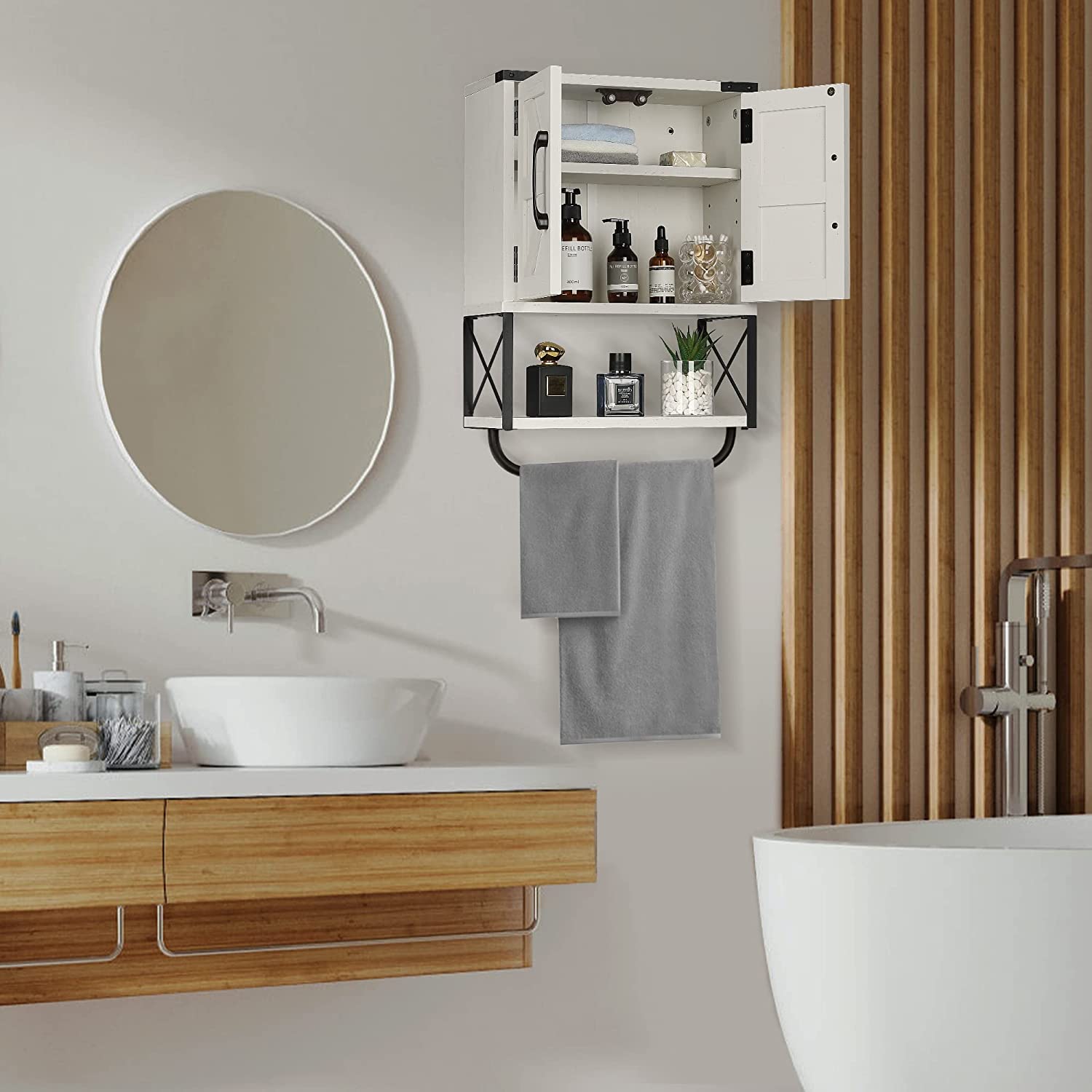

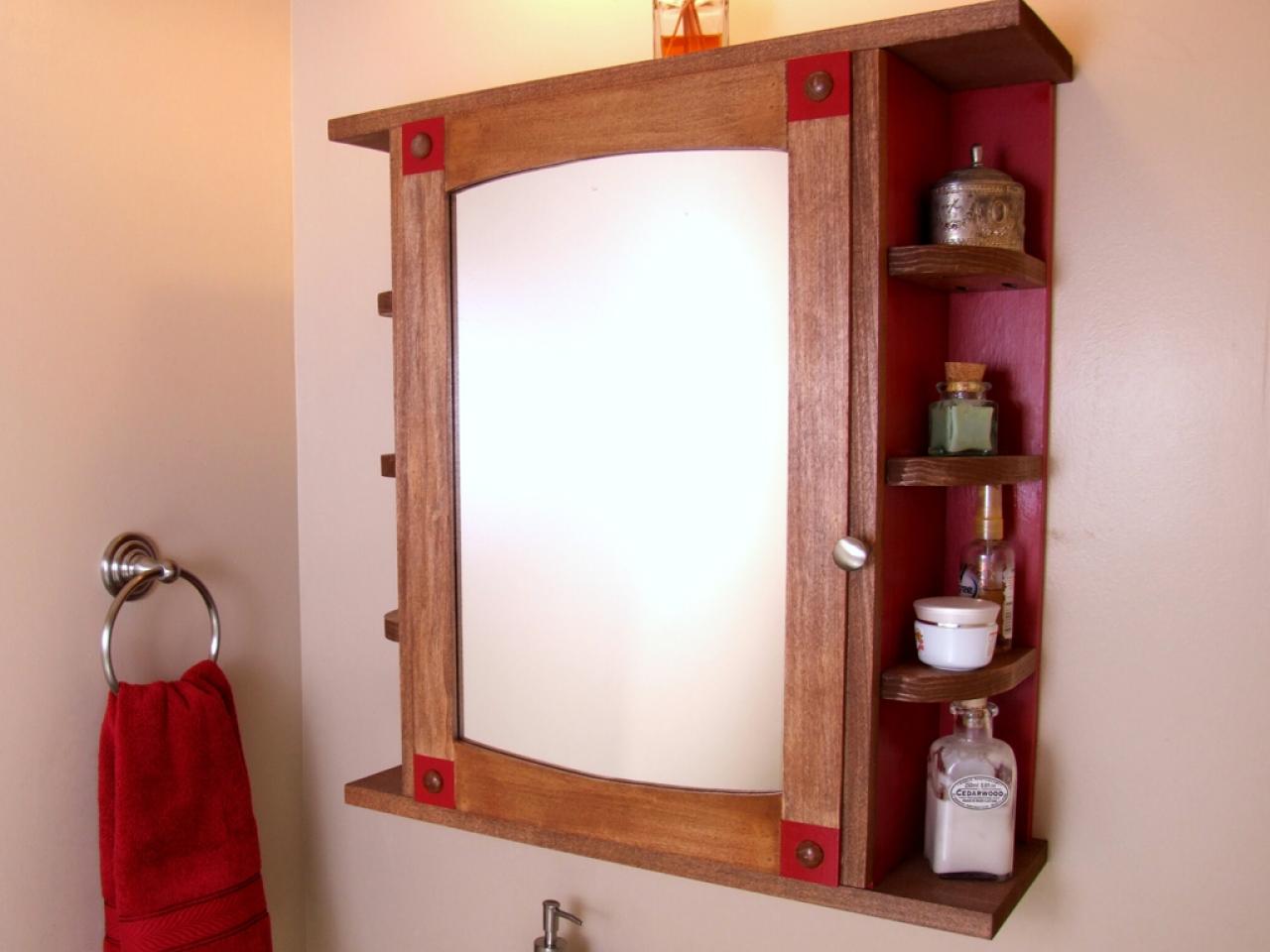
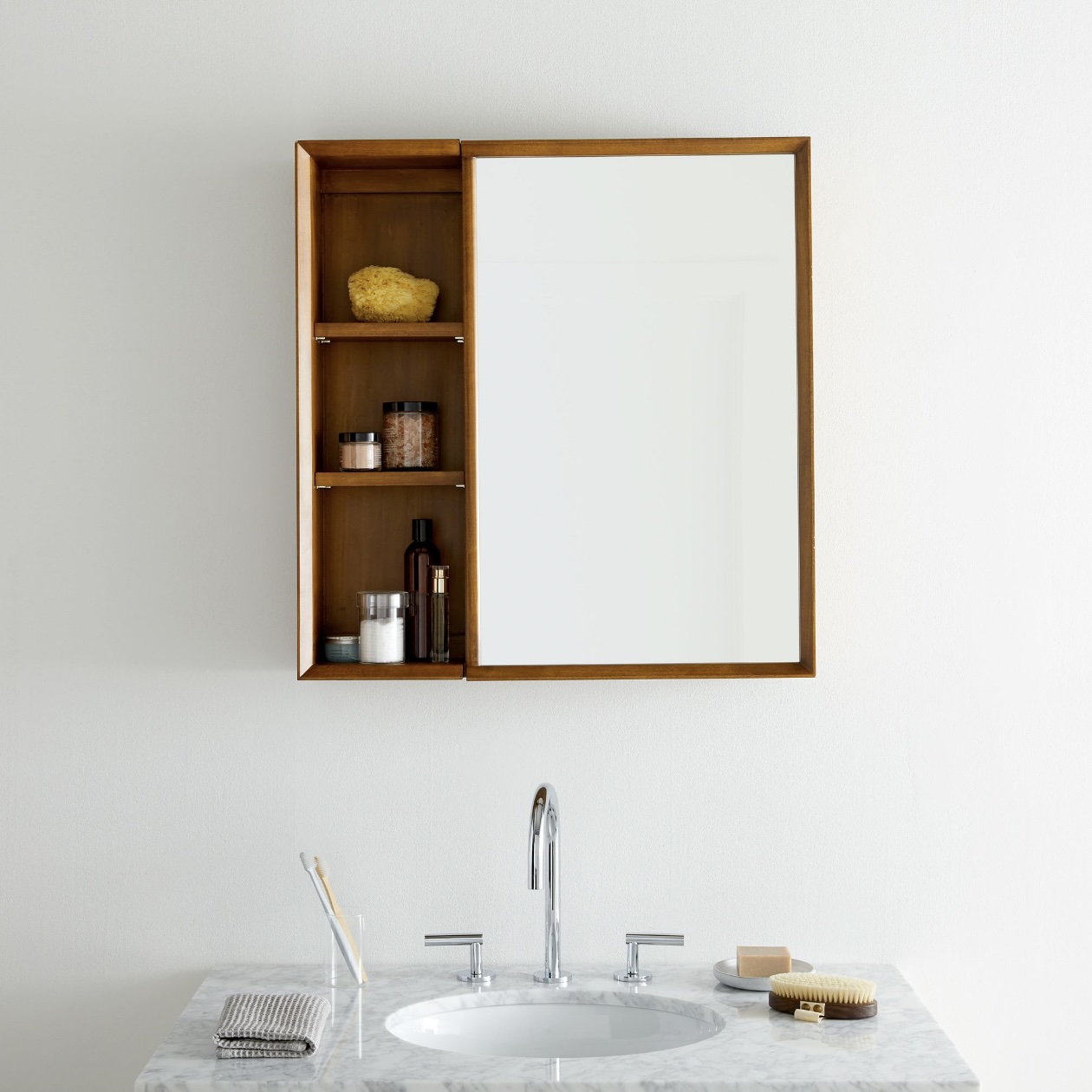
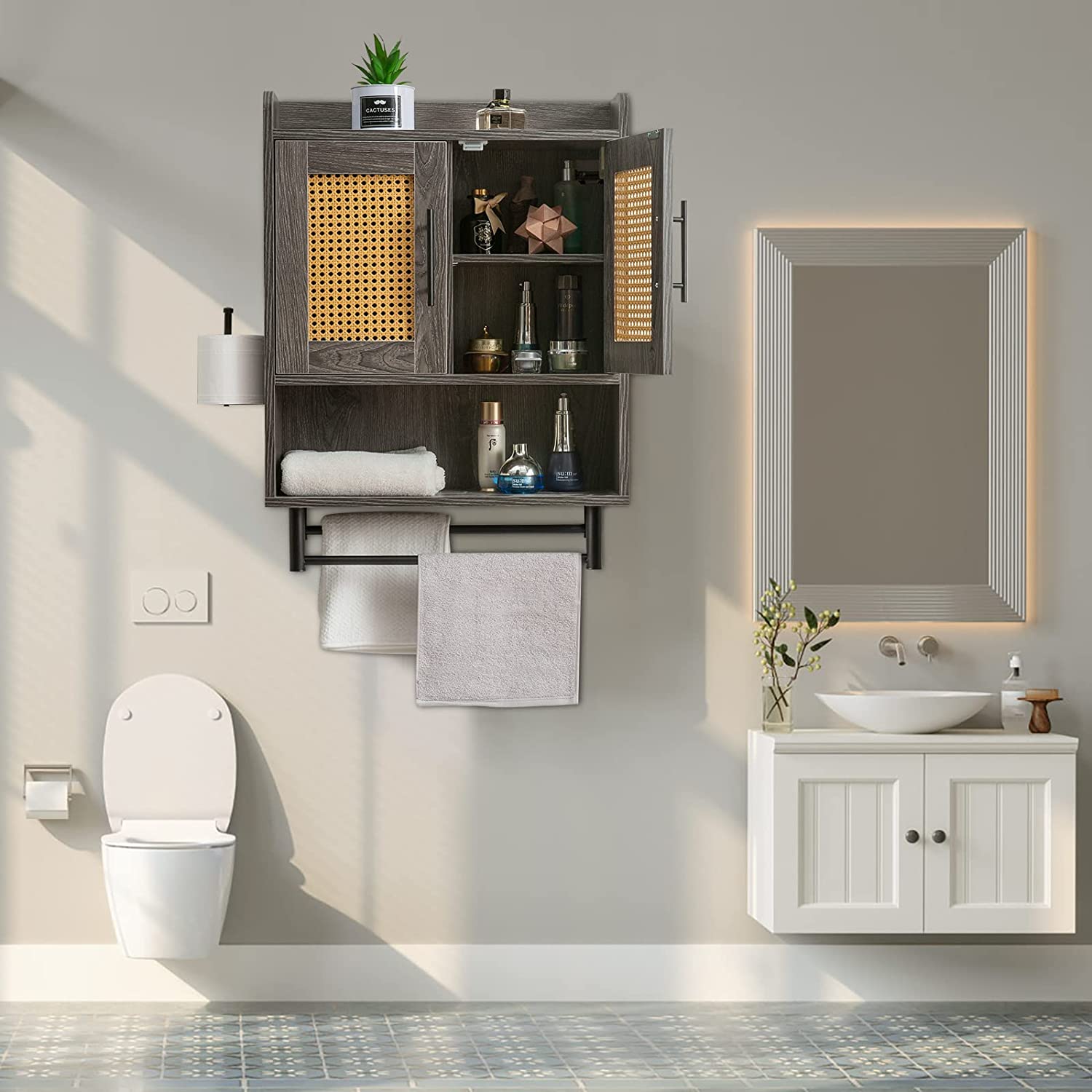
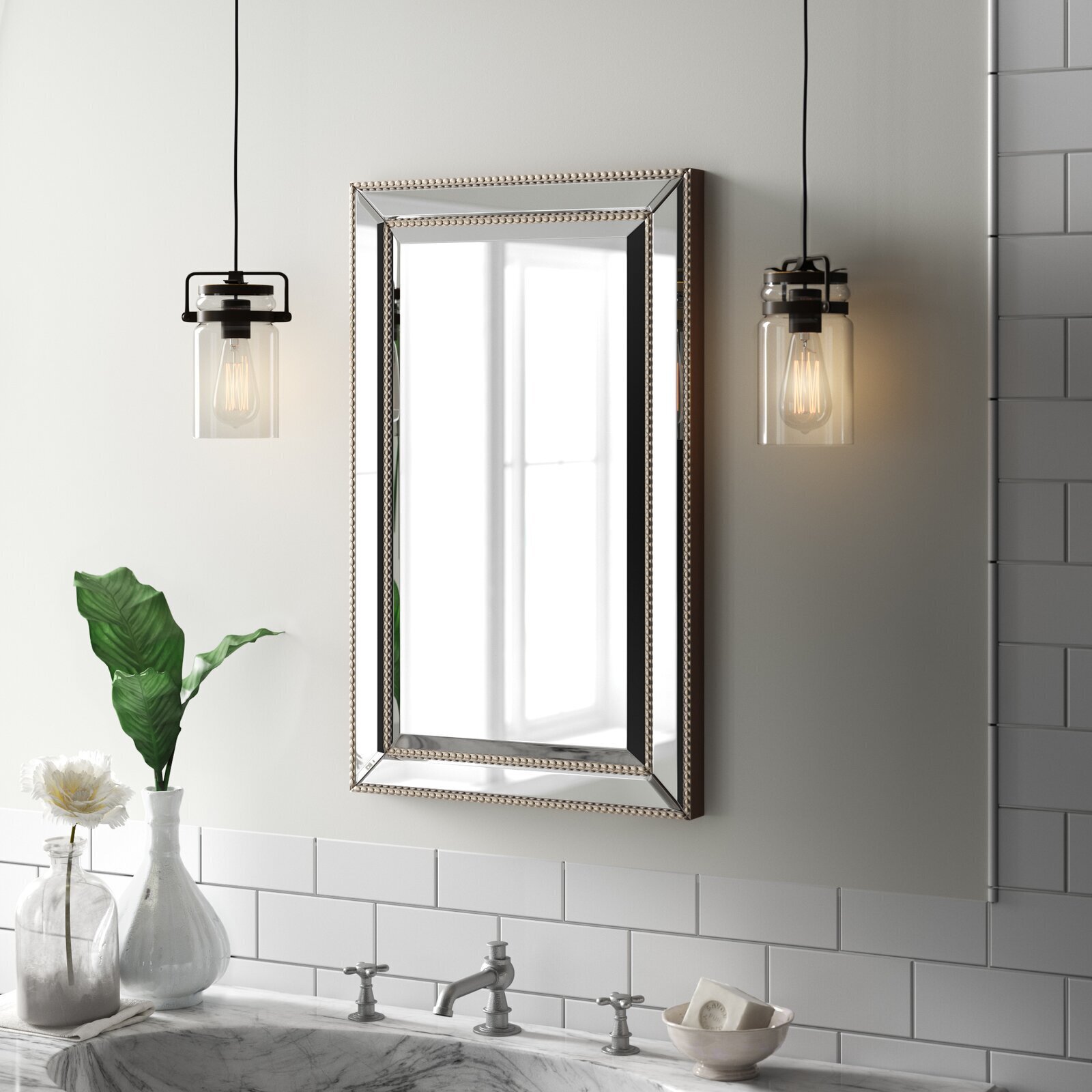
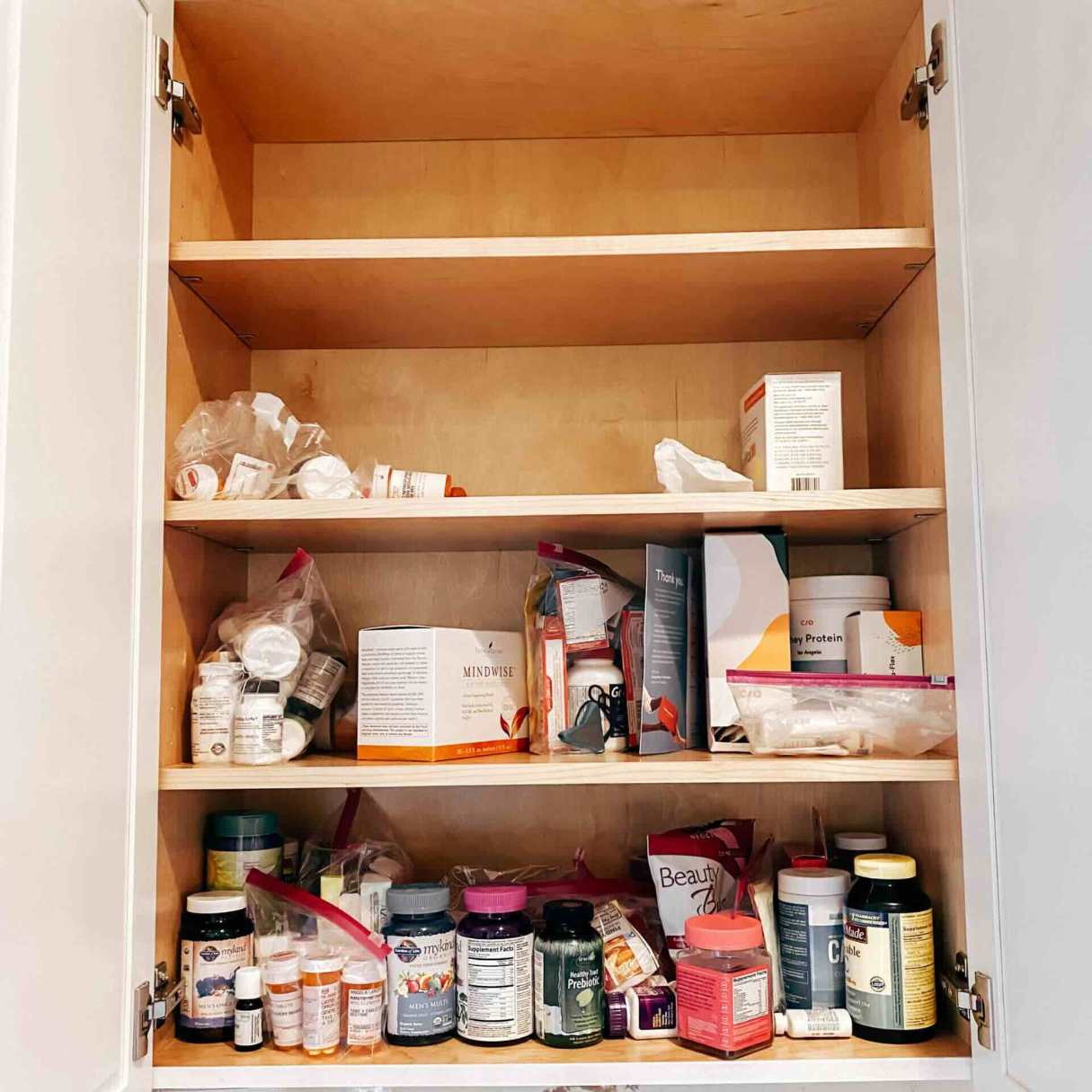
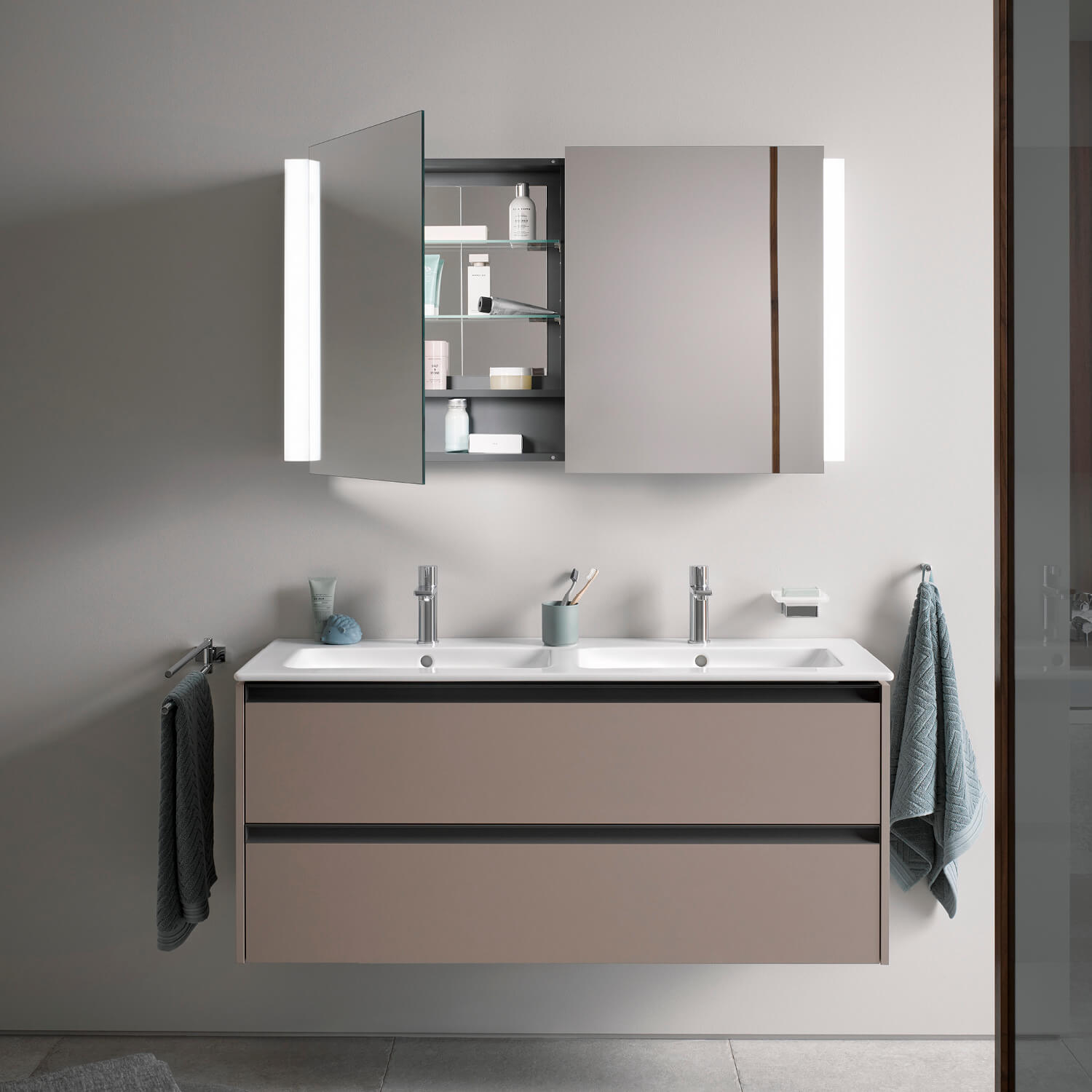
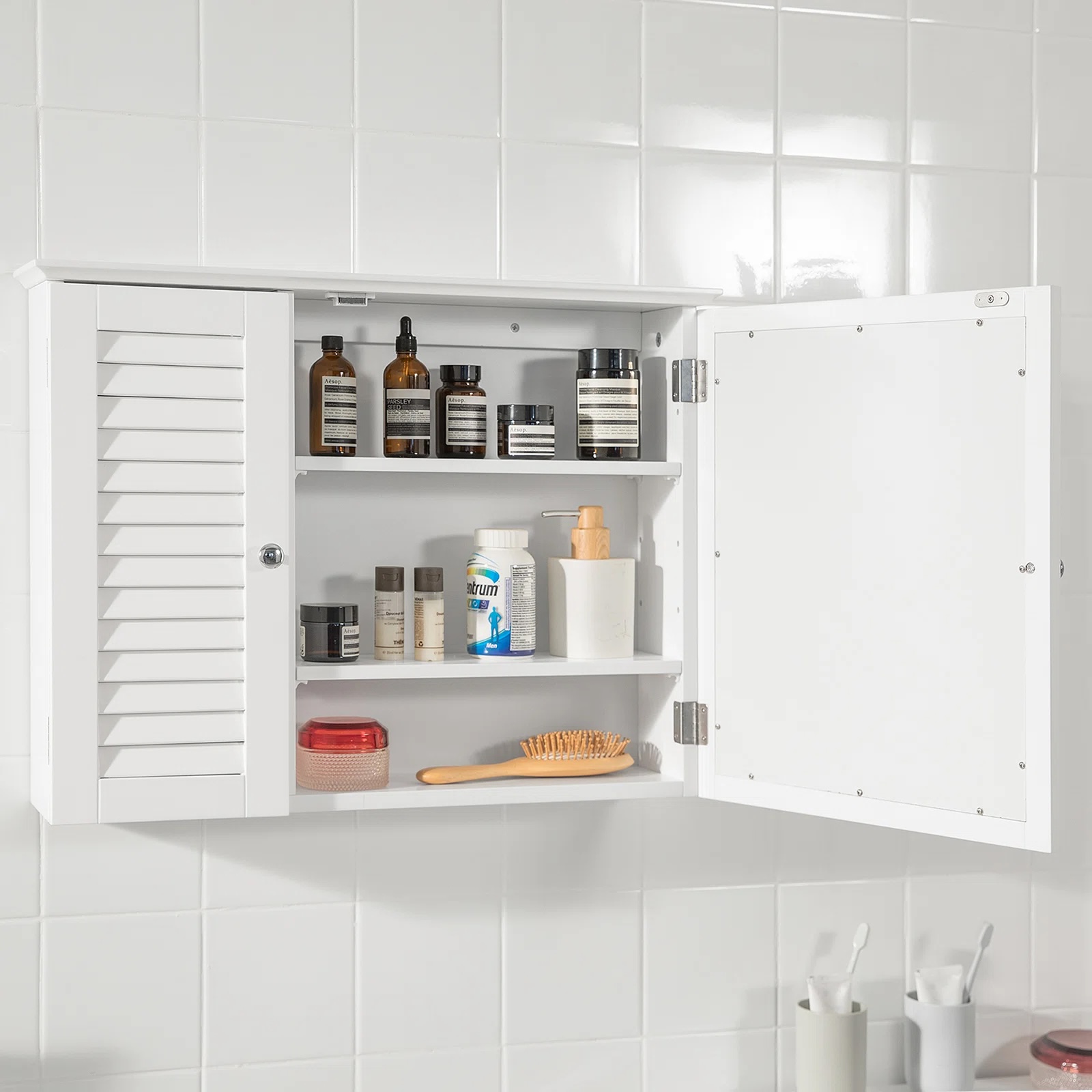
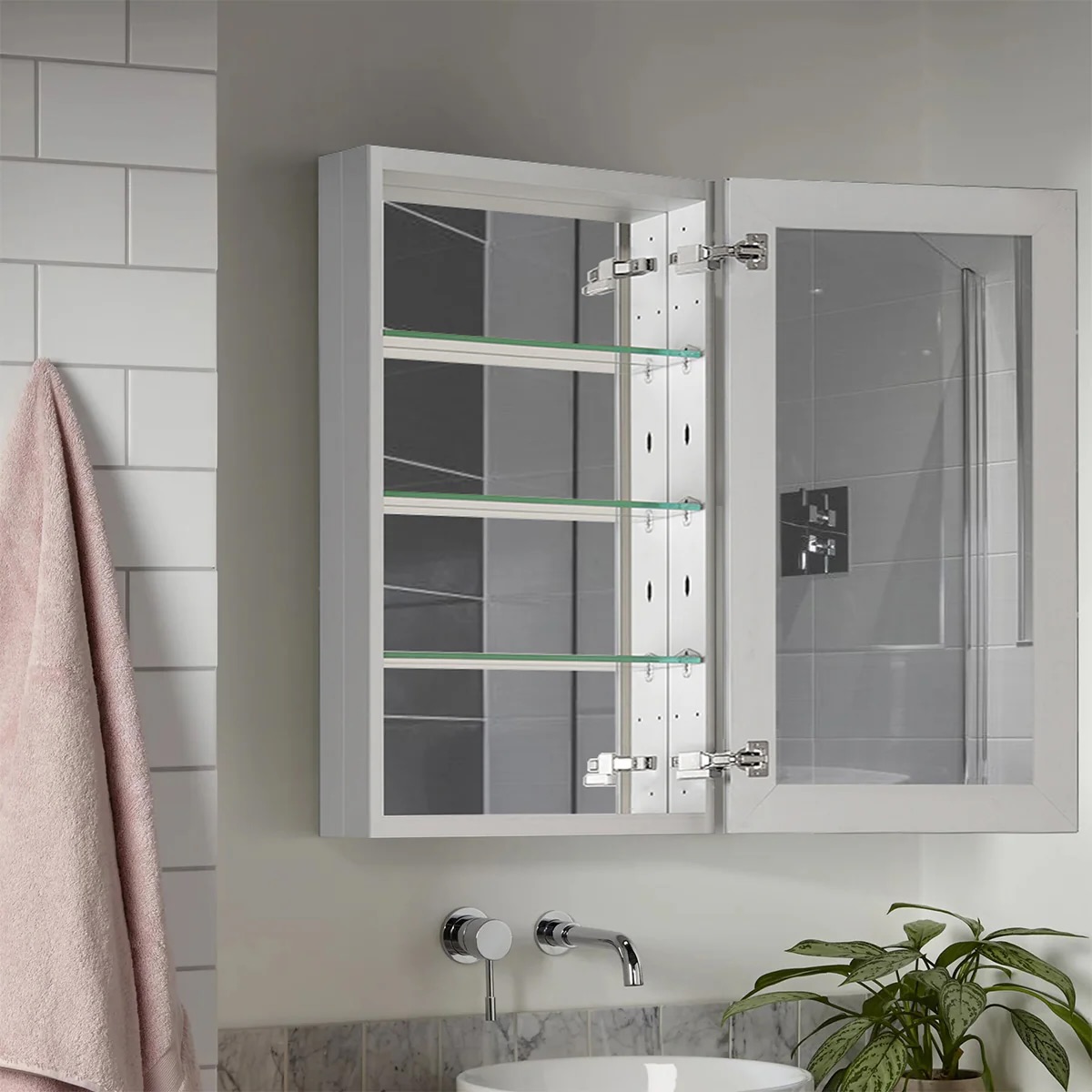

0 thoughts on “How To Store Medicine Without A Medicine Cabinet”